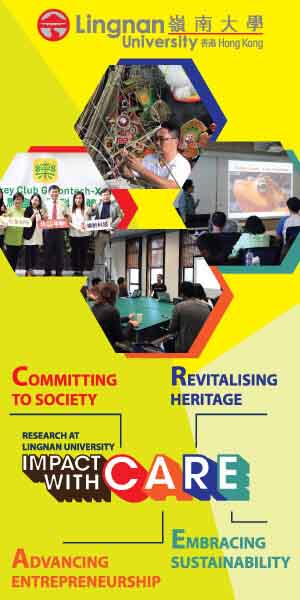
Researchers at Lingnan University are leveraging AI computing to improve image and video quality in diverse fields, from oceanography to traffic surveillance
By applying artificial intelligence (AI) technologies, researchers can make a real-world difference, says Sam Kwong, associate vice-president for strategic research and chair professor of computational intelligence at Lingnan University in Hong Kong.
“Lingnan University is a liberal arts university, so there are many areas that can benefit from this technology,” says Kwong, who is currently working on ways to make image processing more efficient. “Once you have the tools, you can think of the applications which can make our lives better.”
Kwong specialises in image/video processing and evolutionary computation, a subset of AI that draws inspiration from the processes of biological evolution. He applies the technology to tackle real-world problems such as data compression for image transfers and enhancing video quality in low-light conditions.
Video and images account for 80 per cent of internet traffic, he says. Although computational storage and internet bandwidth have improved significantly in the last decade, videos and images still need to be compressed to be sent and stored on different devices and in other places. “The more efficient the compression, the more people will use and share images and video,” Kwong says.
Traditionally, images and videos are compressed by breaking them down into smaller parts and recombining them later. The idea behind compression is identifying what has changed rather than retaining every part, he explains. For example, one second of a video could have 60 frames, but some of those frames have elements that stay the same, eliminating the need to transmit or store that information.
Kwong and colleagues are using AI to understand the connections between the component images to find the most efficient way to compress files. “We have an input frame and an output frame. All the frames in between are part of the deep learning neural network,” he says.
Kwong and his colleagues have trained their model using several videos “so that the model could cover the whole universe of movies”. “If I reduce a video to 200 times its original size, then you save 200 times the transmission time and costs.” The team is also applying AI technology to improve the quality of low-light images.
Low-light settings, such as in the ocean or night-time environments, often result in low-quality images and videos. “Using artificial intelligence, we are able to make them much better,” says Kwong. One of the projects involves imaging the marine environment, particularly areas where there are corals. “Even though people can dive underwater and take videos, it’s difficult to get good quality footage,” he says. “We’re using AI to help biologists identify coral and also try to monitor its growth.”
The researchers have applied these techniques to other low-light environments, such as inside cars at night. “Once we have the technology, you can do many things”, says Kwong. “For example, you can use it in smart traffic management or to monitor autonomous driving.”
Kwong, who had spent time in both industry and academia before joining Lingnan University, says he enjoys finding industrial applications for his work. “That’s how technology can really help people.”
Find out more about Lingnan University.















